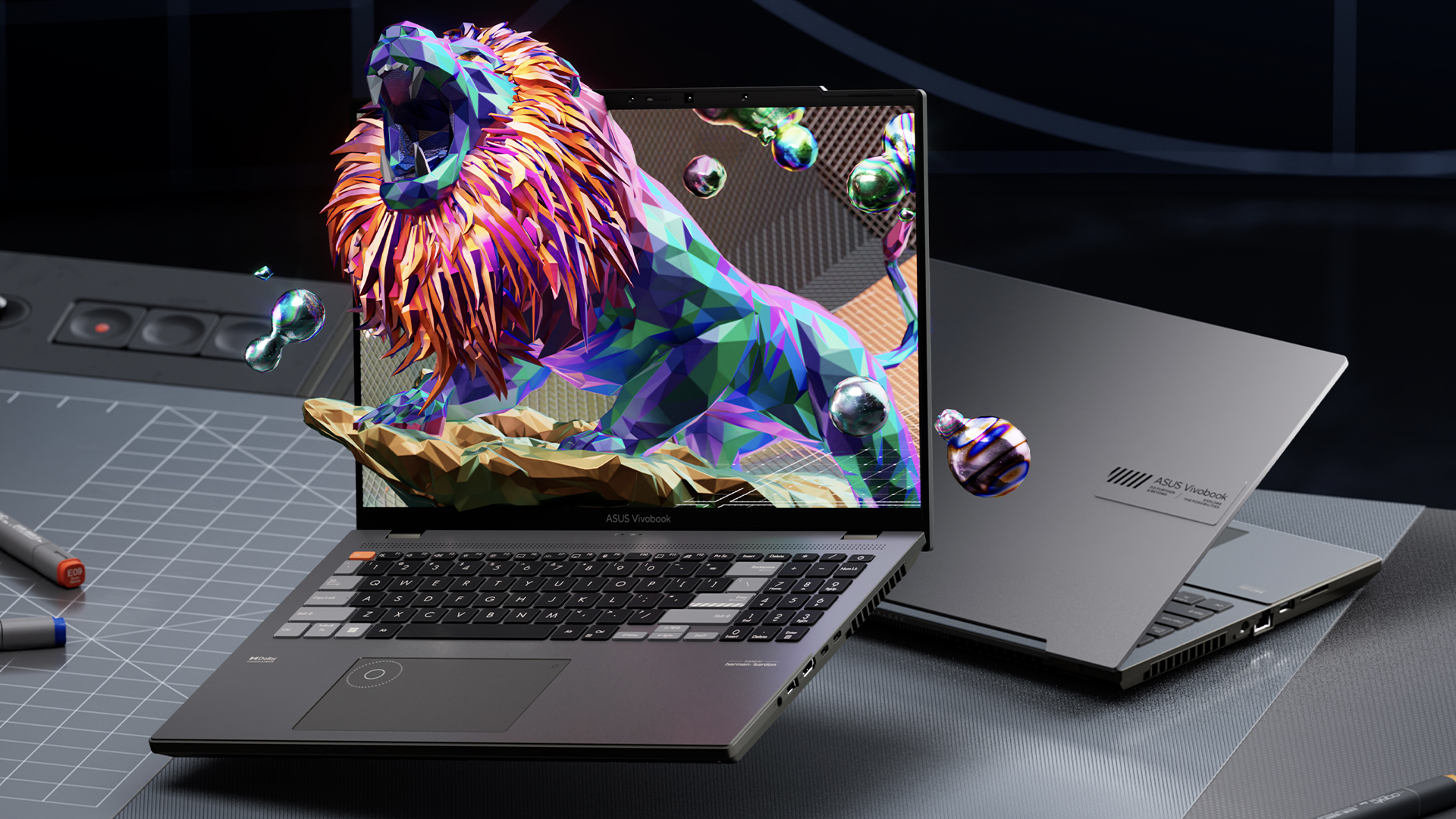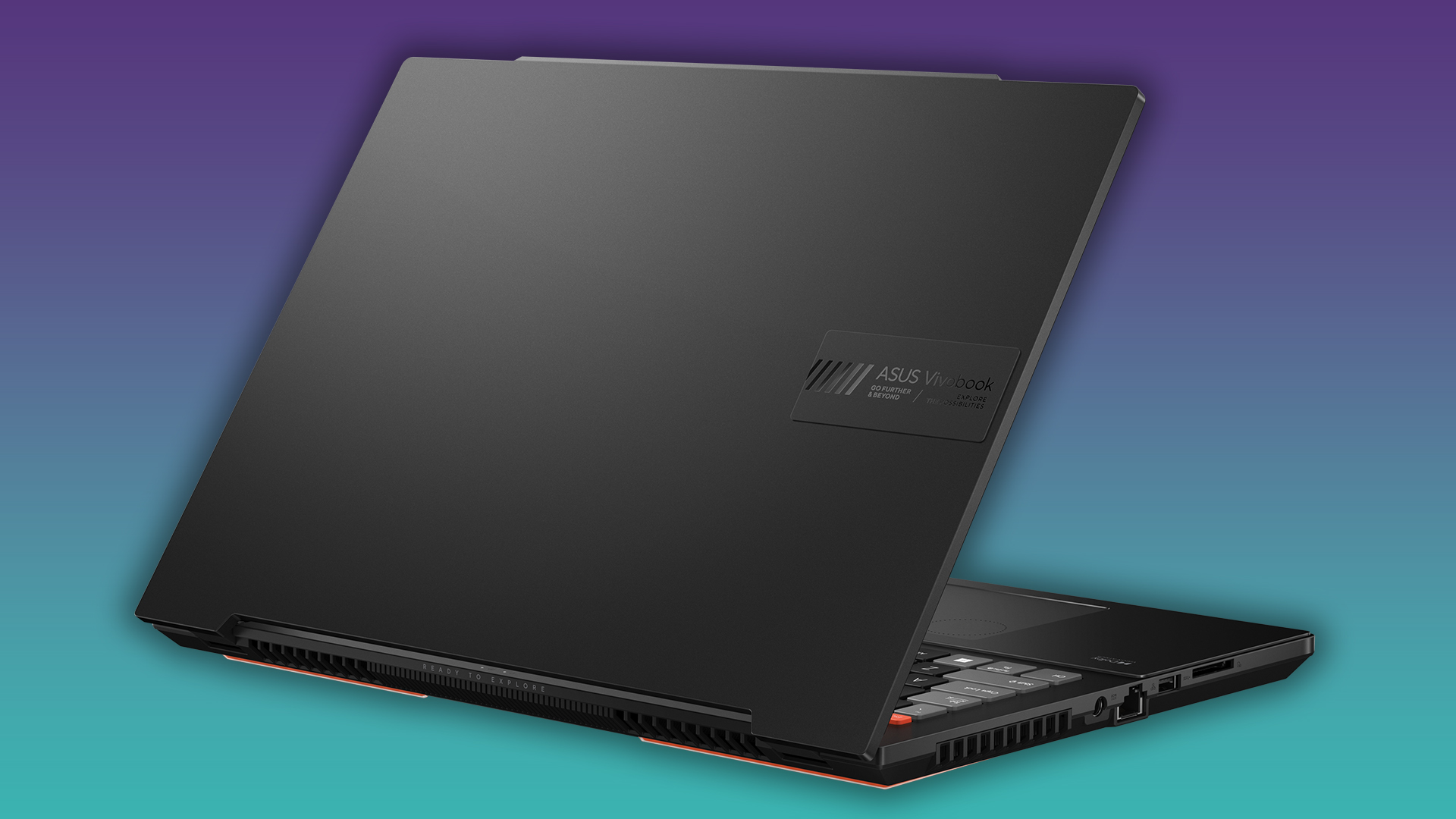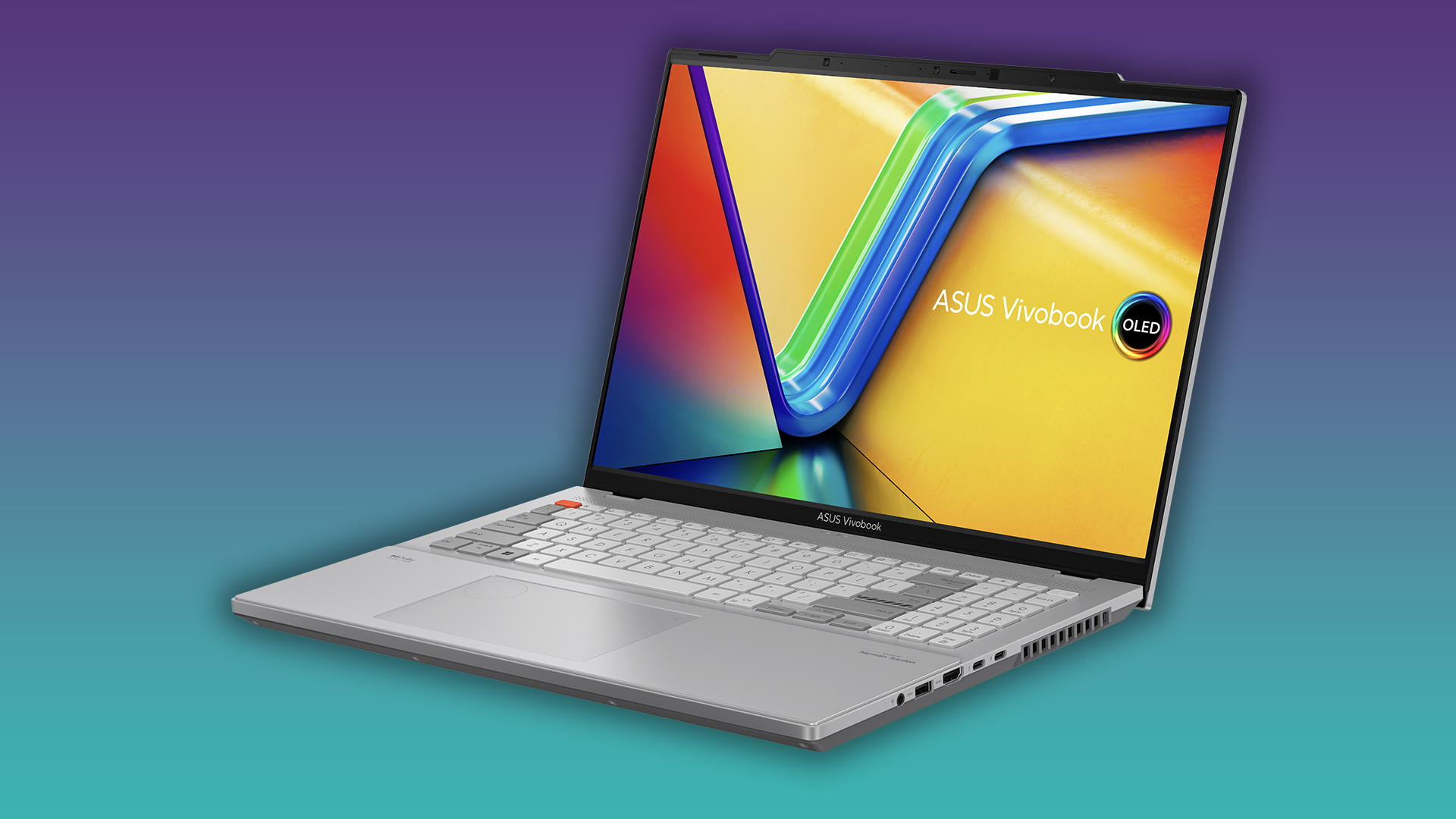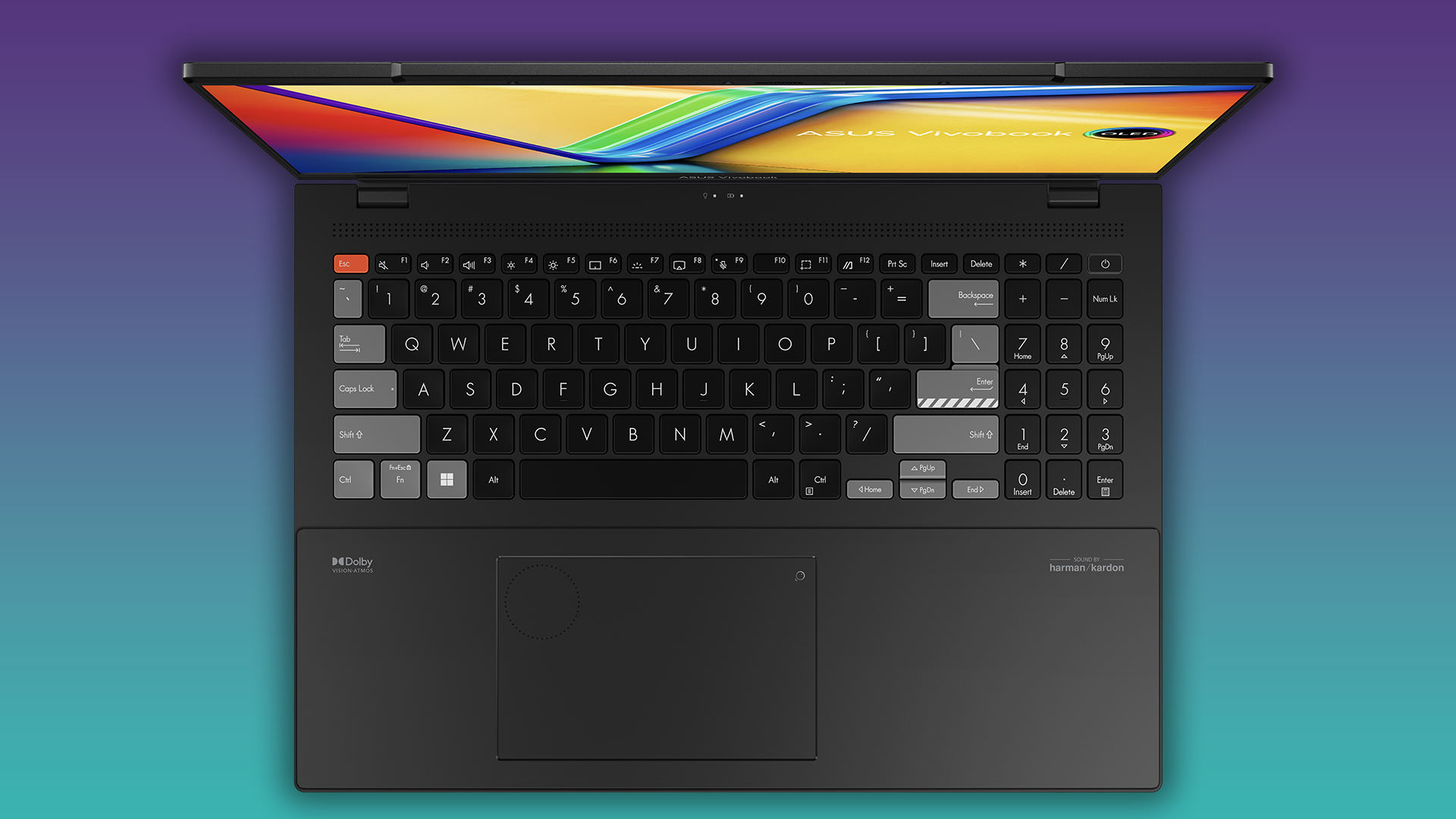New Asus Vivobook Pro 16X packs the world’s first glasses-free 3D OLED display — but there's a catch
...but do creators actually want 3D?

The Asus Vivobook Pro 16X is quickly shaping up to be one of the best laptops of CES 2023. But there is one problem: do power users actually want a glasses-free 3D display?
Yes, I know we should be celebrating it — the first autostereoscopic 3D OLED panel (which is a stunner by the way). But does seeing things in the third dimension and going all Minority Report when moving them around improve your workflow? Or is it another dimensional flash in the pan?
It’s worth noting that while this is Asus’ big gamble for the next generation of Vivobook Pro, the company is also hedging bets with a 2D model too.
The power to create

Let’s start with the obvious: this 16-inch laptop is a beast under the hood! It’s powered by a 13th Gen Intel Core i9-13980HX processor, with graphics provided by the latest NVIDIA GeForce RTX 40 Series Laptop GPU, along with a MUX Switch and NVIDIA Studio Driver support for an on-demand performance boost when gaming.
Keeping it cool, you’ll find an overhauled IceCool thermal management system with quad vents, which allows the laptop to run at a full 150W TDP in performance mode. Multitasking is handled by up to 64GB DDR5 RAM, and you can outfit this with up to 2TB of PCIe 4.0 SSD storage.
Finally, the other important part of any creator laptop is port versatility, which the Vivobook Pro 16X handles with two Thunderbolt 4, two USB 3.2 Gen 1 Type-A, an SD card reader, HDMI 2.1, Ethernet, and a 3.5mm audio jack — everything you’d need to get to work.
A new dimension

But let’s talk about the 3D elephant in the room. Using Asus’ Spatial Vision technology, this is the world’s first glasses-free autostereoscopic 3D OLED panel — with up to a 3.2K resolution, 120Hz refresh rate and a 16:10 aspect ratio. Alongside these, the display offers Pantone-validated color, a 1,000,000: contrast ratio, HDR, and a zippy 0.2 ms response time.
Sign up to receive The Snapshot, a free special dispatch from Laptop Mag, in your inbox.
How does it work? This isn’t your average Nintendo 3DS implementation of a 3D coating. Instead, Asus uses a combination of advanced eye-tracking and a lenticular lens to weave distinct images for each eye and create an image that pops off the display.
This glasses-free 3D should make for plenty of fun in 3D movies and 3D games, but as the Vivobook Pro 16X is focussed at the creative pro market, Asus is thinking bigger towards the likes of metaverse app developers, 3D modellers and content creators. But will this be the big game changer that the company is betting on?
Outlook

“Just because you can, doesn’t mean you should.” This is valuable advice my Grandad once said to me, which I’ve taken on board throughout my life. It definitely applies here, because while the likes of the high resolution OLED panel, strong performance and that DialPad makes it an ideal creative tool, the spatial 3D seems a little unnecessary here.
And sure — I’d love to be proven wrong, and hear stories about how prosumers across the globe have used the glasses-free 3D tech to improve their productivity in the likes of 3D modelling software or even CGI creation. But outside of pure gimmick territory, I struggle to think of a situation where it will become an actually useful addition to any workload.
But regardless, the end result is a beasty laptop with what is surely going to be a gorgeous OLED panel, a ton of DDR5 RAM and RTX 40 Series GPU power. Even if the 3D display doesn’t tickle your fancy (and it is only optional, with a 2.5K 165Hz 2D IPS display available as an alternative), this has plenty of power user potential.

Jason brought a decade of tech and gaming journalism experience to his role as a writer at Laptop Mag, and he is now the Managing Editor of Computing at Tom's Guide. He takes a particular interest in writing articles and creating videos about laptops, headphones and games. He has previously written for Kotaku, Stuff and BBC Science Focus. In his spare time, you'll find Jason looking for good dogs to pet or thinking about eating pizza if he isn't already.
